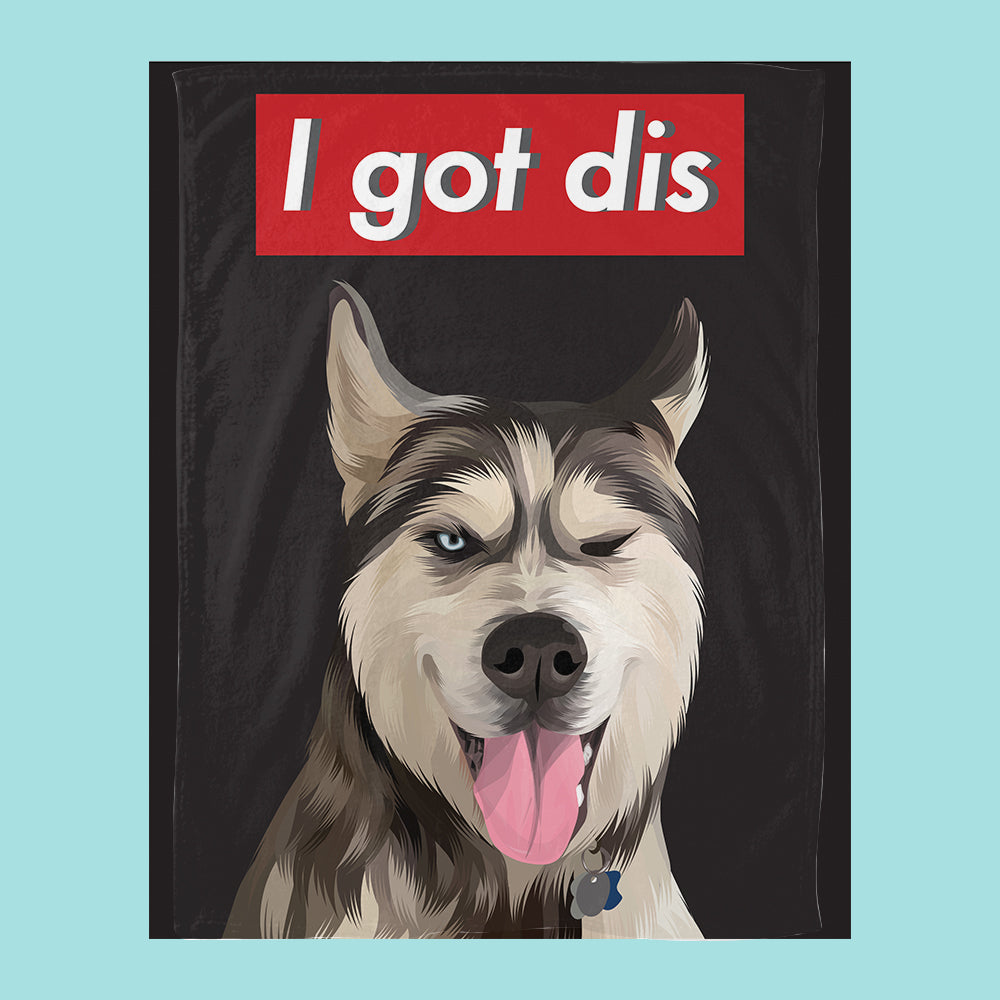Finding out which popular dog training technique is ideal for your dog and you as a pet parent can be difficult because there are so many different ones out there.
Below are seven of today's most well-liked approaches of teaching canines, along with some thoughts on who could get the most out of them.
Scientific Training

Science-based dog training is hard to describe because it is based on data that is always growing and changing. It tries to figure out what dogs are like, how they can be trained, and how well rewards and punishments work. There is no single, overarching strategy to scientifically-based dog training because the field is so vast. In reality, many of the techniques utilized in scientific dog training are also used in other types of training.
Positive Reinforcement
Positive reinforcement is a technique promoted by handlers such as Dawn Sylvia-Stasiewicz, who instructed Bo, Obamas' dog. The idea behind it is pretty easy to understand. When a dog does something good and gets a treat, it will do it again. When your dog does something wrong, they don't get a reward or acknowledgement. If punishment is necessary, it takes the form of the withdrawal of rewards, such as a toy or a snack.
Clicker Training

Similar to positive reinforcement, clicker training is founded on operant conditioning and mainly focuses on similar principles. As a matter of fact, clicker training might be better understood as a type of positive reinforcement training than as a distinct training technique in and of itself.
It employs a gadget that emits a short, sharp sound, like a beep or, as the name indicates, a clicker, to confirm to a dog when a desired behavior is exhibited.
Mirror or Model-Rival Training
The model-rival training method uses the idea that dogs learn from what they see. By offering a model of acceptable conduct or a rival with which to contend for incentives, dogs learn to imitate behavior.
Consequently, a trainer may have another person serve as a model, complimenting them for accomplishing duties on instruction or reprimanding them for undesirable behavior. The dog, in his role as an observer, picks up the right behavior from watching the human example.
Electronic Training
In electronic training, a dog wears a collar that emits a little shock or a citronella spray whenever it deviates from the desired behavior. Its primary function is to facilitate training at a greater distance than is possible with a leash.
For instance, shock collars can help instruct a dog to remain inside the confines of an unenclosed yard. Dogs can be taught to work outdoors or hunt with the help of remote collars.
Relationship-based Training

Relationship-based training integrates multiple training techniques, but emphasizes a personalised strategy for both dog and owner. Everything is driven by the interaction between dog and person.
This method aims to suit the requirements of both the dog and the trainer, promote interaction, and build their attachment. Fundamentally, it is about mutual benefit.
Dominance or Alpha Dog
Using the dog's natural pack mentality, alpha dog or dominance training establishes a hierarchy based on obedience and submission.
Based on observations of social hierarchies within captive wolf packs, the theory claims that domesticated dogs also view their families as packs and adhere to such norms. A dog that thinks of itself as the alpha has to learn that their owner is, in fact, the alpha and to subject to them.
Conclusion
Regardless of the training approach you employ, you may discover that your relationship with your dog develops, and this bond will undoubtedly enable you to continue your training.
Which method of dog training works best for you? Are there any further approaches you find useful? Please inform us in the comments!






























